(CLO) The 2024 archaeological excavation has brought new awareness, taking an important step forward in identifying the Kinh Thien Palace during the Early Le and Later Le dynasties.
This is the assessment given in the Preliminary Report on the results of the 2024 exploration excavation of the Kinh Thien Main Palace Area by the Thang Long - Hanoi Heritage Conservation Center on the afternoon of January 10.
Accordingly, in 2024, the Thang Long - Hanoi Heritage Conservation Center will coordinate with the Institute of Archaeology to conduct an exploratory excavation on an area of 500 square meters to clarify the spatial structure of Kinh Thien Palace.
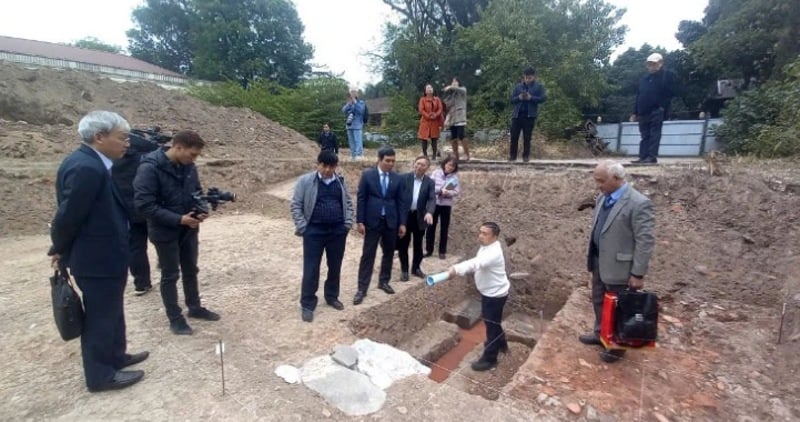
Scientists discovered an underground sewer at a depth of about 30cm under the Royal Road and Dan Tri during the Le Trung Hung period. Photo: ND
The excavation was conducted at 4 locations: The first pit (H1) in the southwest area of Hau Lau (northwest of Kinh Thien Palace, where the emperors of the early Le dynasty and later held court).
The second pit (H2) is right on the foundation of Kinh Thien Palace; the third pit (H3) is located in the space between Kinh Thien Palace and Doan Mon Palace, leaning to the west. The fourth pit (H4) is located right behind Doan Mon Gate towards Kinh Thien Palace, a short distance from the excavation pit at the previous gate area.
The results at pit H1 revealed some architectural vestiges of the Nguyen, Le Trung Hung and Le So dynasties. In particular, the exposed column foundation vestiges discovered in 2024 are a continuation to the west of the corridor architecture of the Le So period that was exposed in the excavation in 2023.
At excavation pit H2, the excavation results provided important information, that is, the traces of the Nguyen Dynasty foundation still extend from east to west, the traces of the Le Trung Hung Dynasty column foundations are all on the same axis as the two rows of foundations previously discovered in 2011 and 2023. This result further clarified the foundation structure of the Kinh Thien Palace during the Le Trung Hung Dynasty (17th - 18th centuries).
In excavation pit H3, 3 architectural vestiges from the Le Trung Hung period (17th - 18th century) were discovered. These vestiges are a continuation of the corridor and surrounding wall architecture discovered in 2014 - 2015.
Excavation pit H4, at a depth of about 1.2m, revealed architectural vestiges of the Le Trung Hung period including: Dan Tri yard, Royal path and a cluster of bricks.
The most interesting discovery is that about 30cm below the Royal Road and Dan Tri during the Le Trung Hung period is a fairly large underground drainage system (53cm high, 37cm wide) that functions to drain water for the entire Dai Trieu space. These traces are also a continuation of previous excavations.
According to researchers, the 2024 excavation, although only on a small area, has brought many new insights, taking an important step forward in identifying Kinh Thien Palace and the space of Kinh Thien Palace during the early Le Dynasty (15th - 16th century) and the Later Le Dynasty (17th - 18th century) in terms of architecture, materials, overall layout and construction techniques.
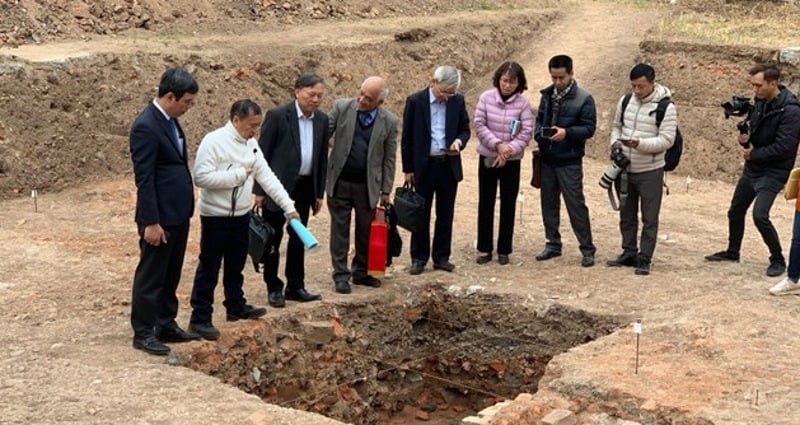
The 2024 excavation, although small in area, has brought many new insights. Photo: HL
The new identifications further highlight the global value of the Thang Long Imperial Citadel World Heritage Site. These findings will serve as a basis for research to restore the Kinh Thien Palace and Kinh Thien Palace; at the same time, show the need to demolish some structures to clarify the perception of the value of Thang Long Imperial Citadel as approved by UNESCO in July 2024.
T.Toan
Source: https://www.congluan.vn/phat-hien-them-nhung-dau-tich-moi-ve-khong-gian-dien-kinh-thien-post329908.html


![[Photo] Prime Minister Pham Minh Chinh meets with General Secretary and President of China Xi Jinping](https://vstatic.vietnam.vn/vietnam/resource/IMAGE/2025/4/14/893f1141468a49e29fb42607a670b174)
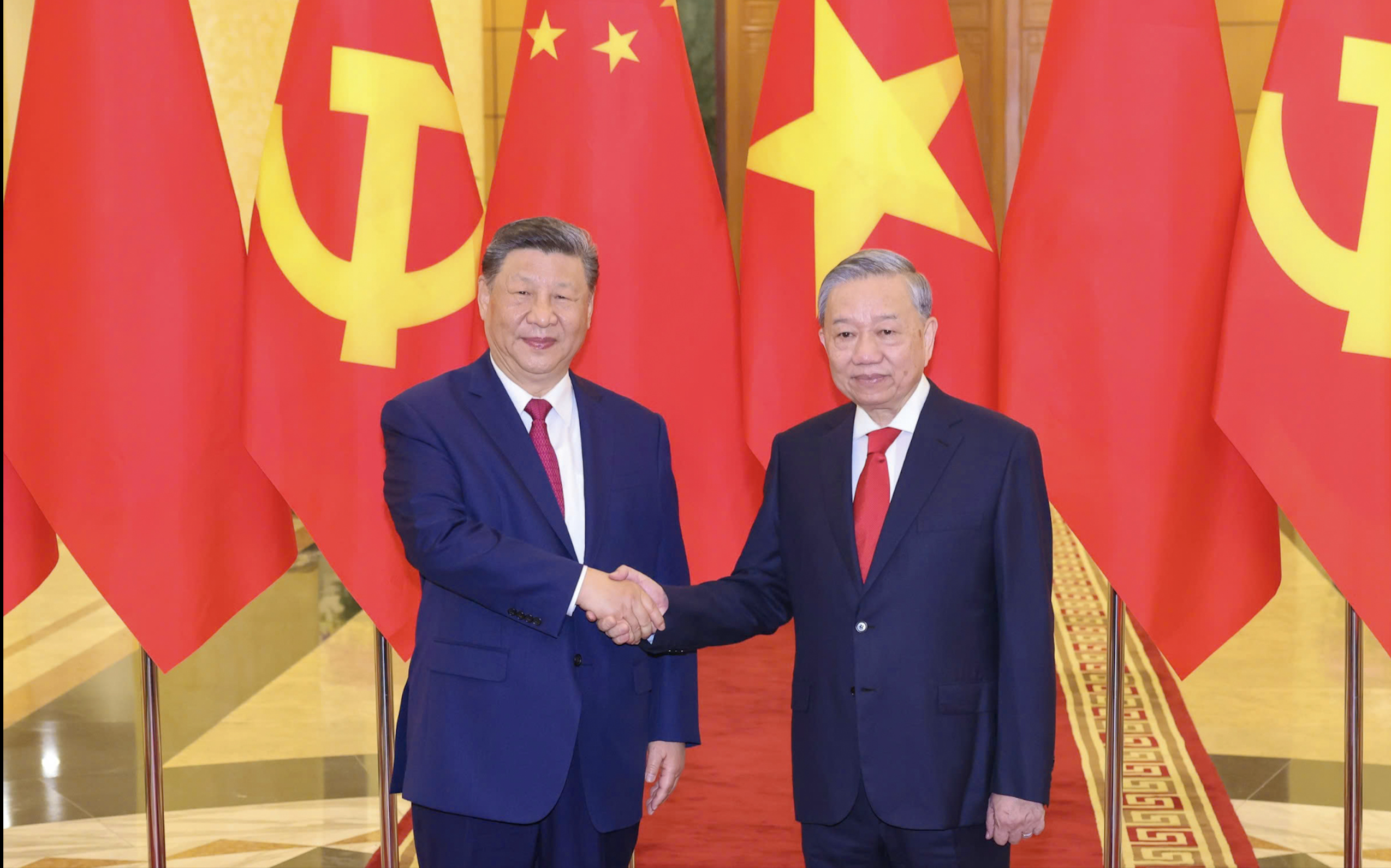
![[Photo] Tan Son Nhat Terminal T3 - key project completed ahead of schedule](https://vstatic.vietnam.vn/vietnam/resource/IMAGE/2025/4/15/85f0ae82199548e5a30d478733f4d783)

![[Photo] Reception to welcome General Secretary and President of China Xi Jinping](https://vstatic.vietnam.vn/vietnam/resource/IMAGE/2025/4/15/ef636fe84ae24df48dcc734ac3692867)
![[Photo] National Assembly Chairman Tran Thanh Man meets with General Secretary and President of China Xi Jinping](https://vstatic.vietnam.vn/vietnam/resource/IMAGE/2025/4/14/4e8fab54da744230b54598eff0070485)
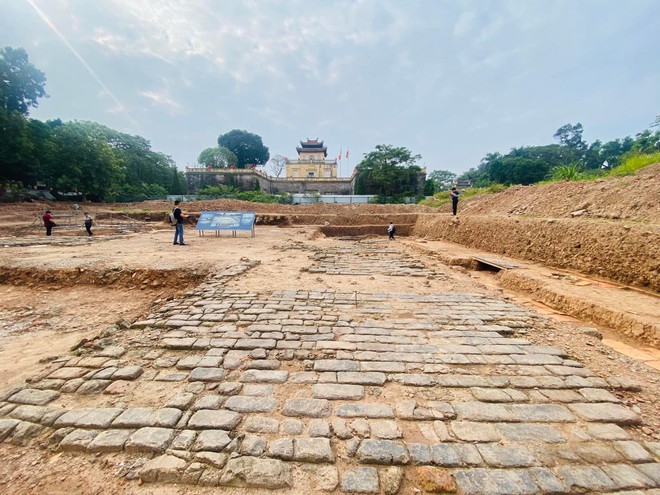

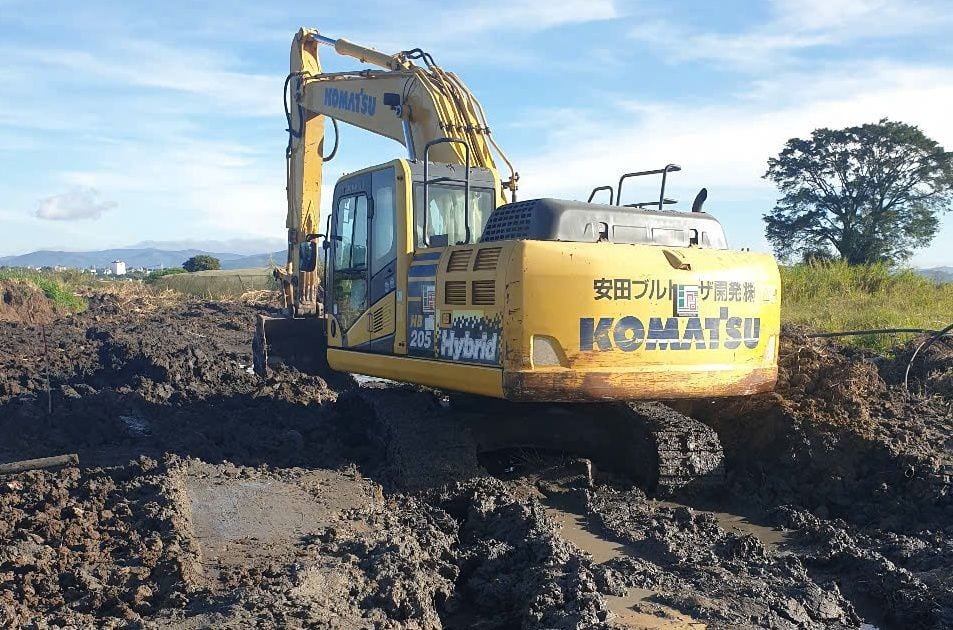
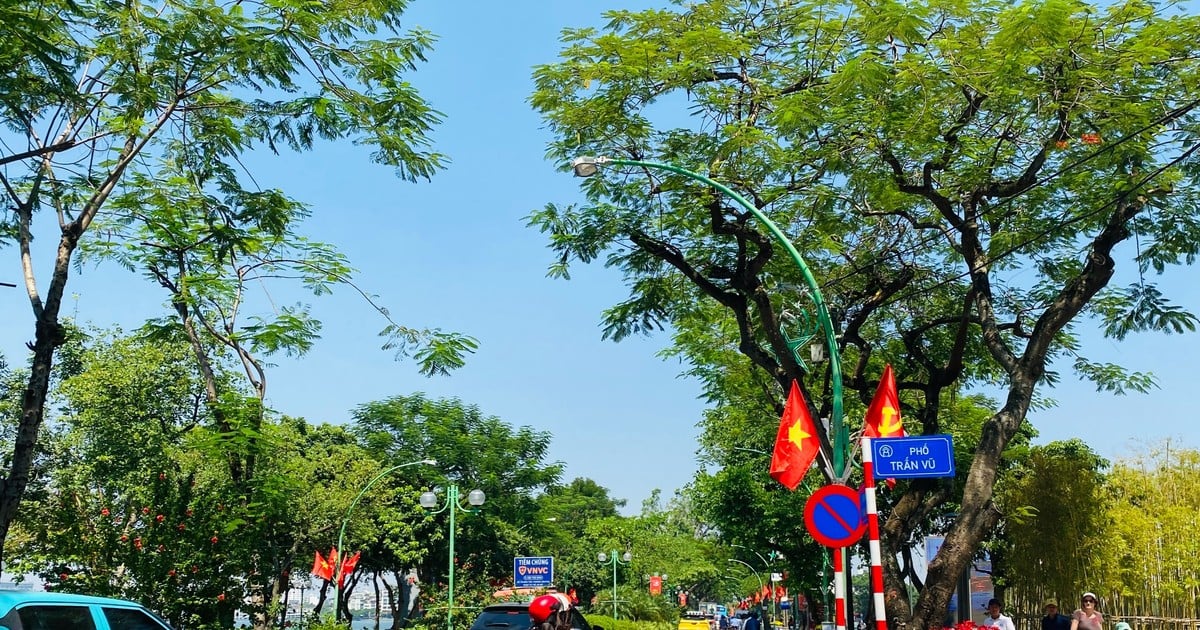




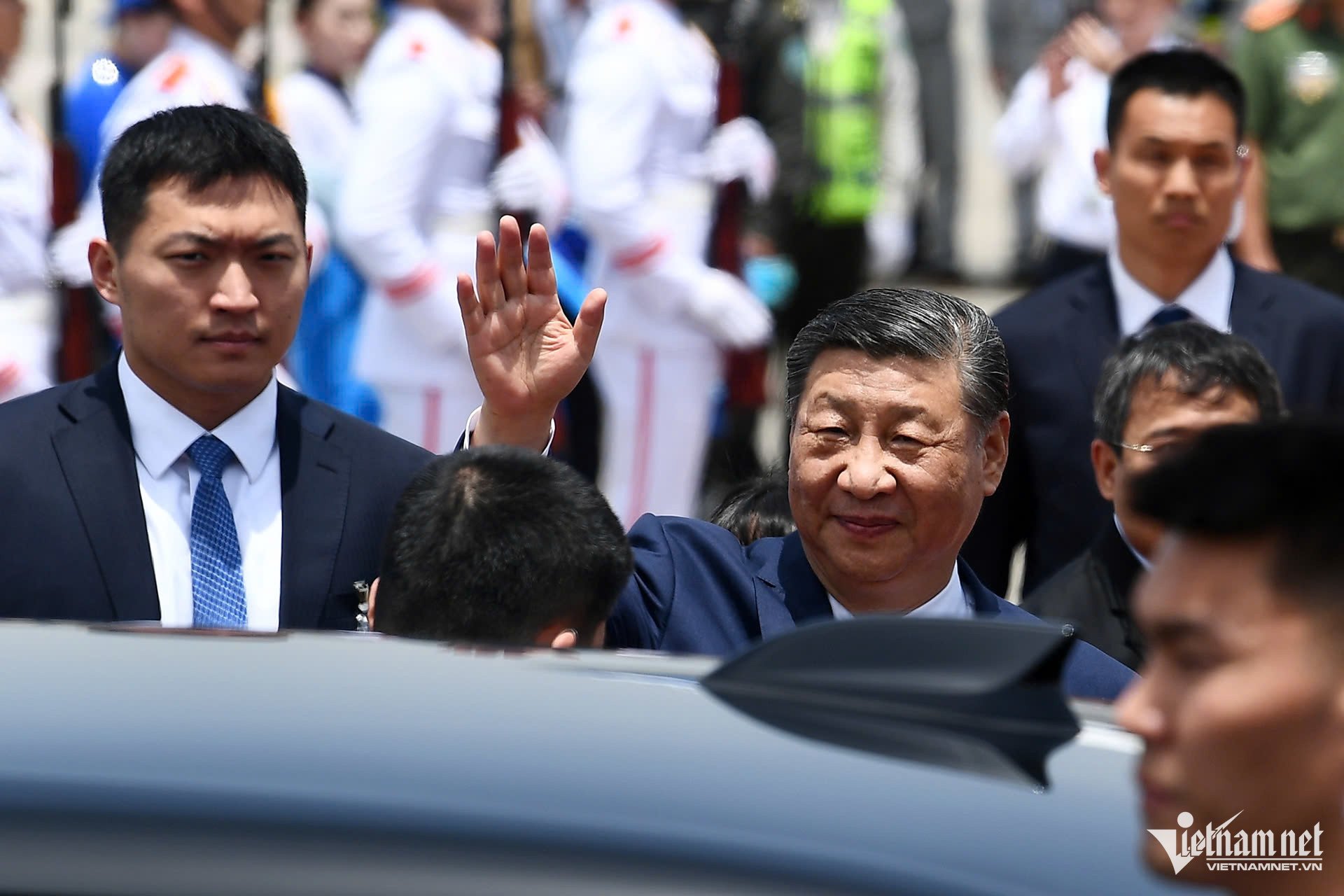
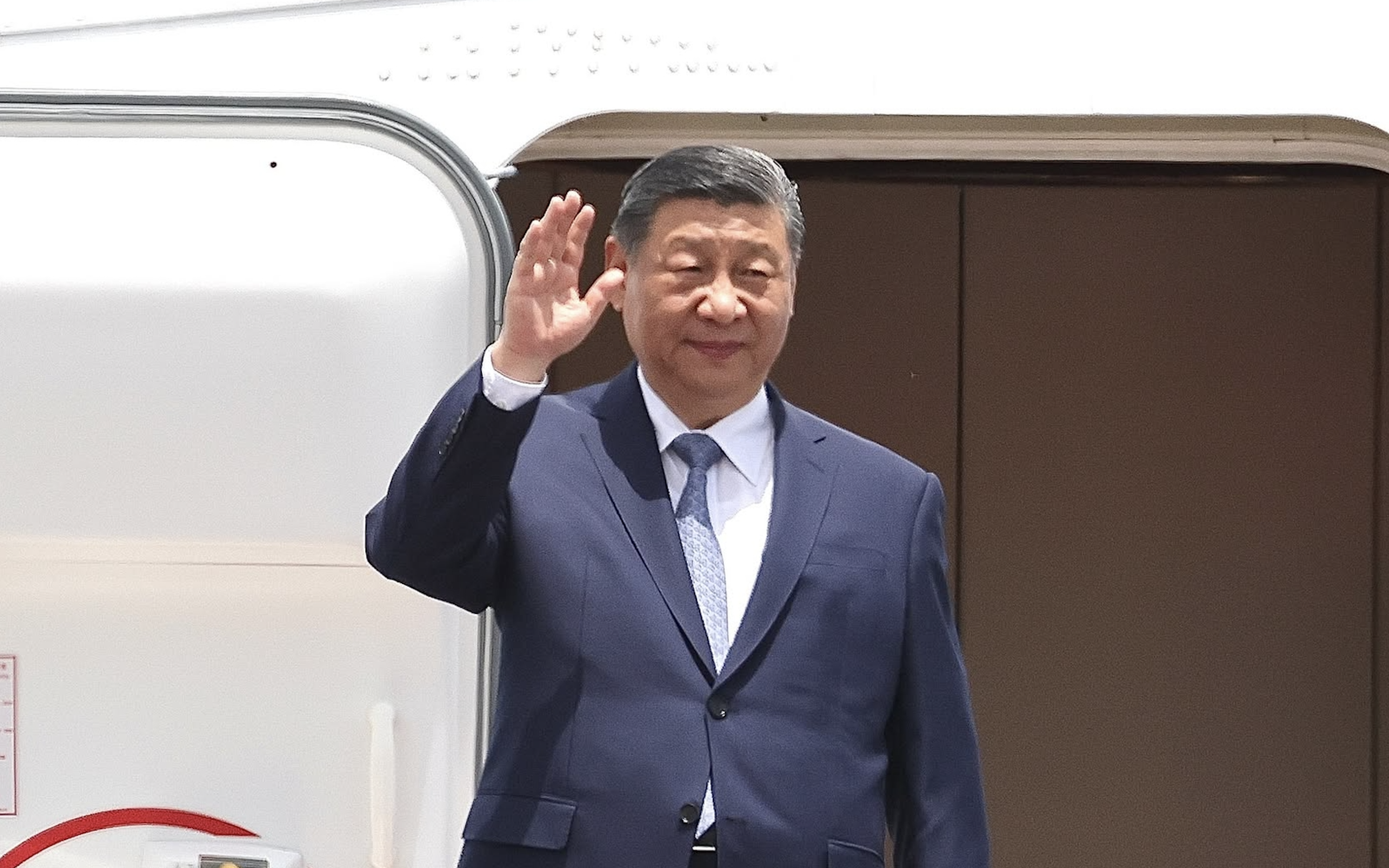
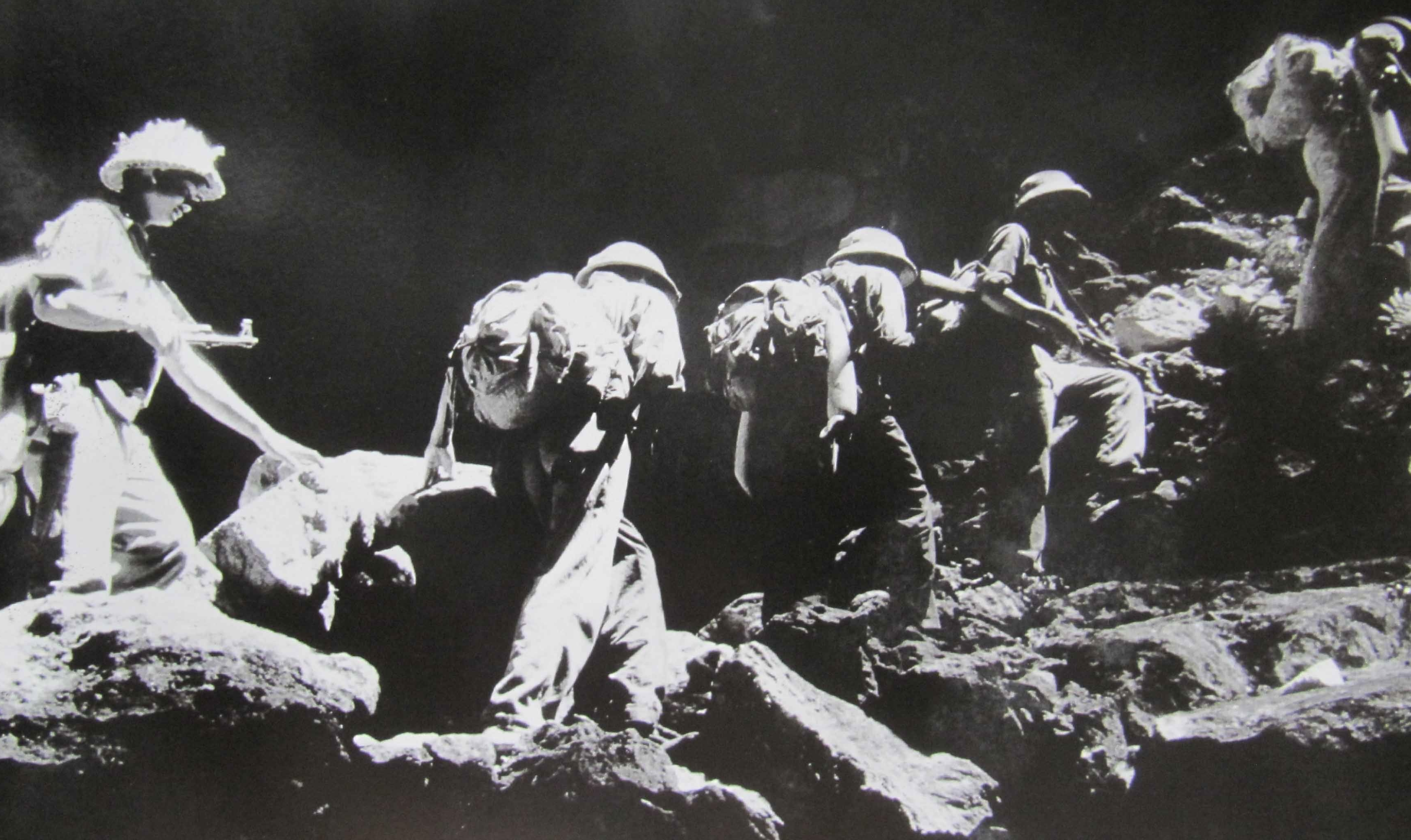


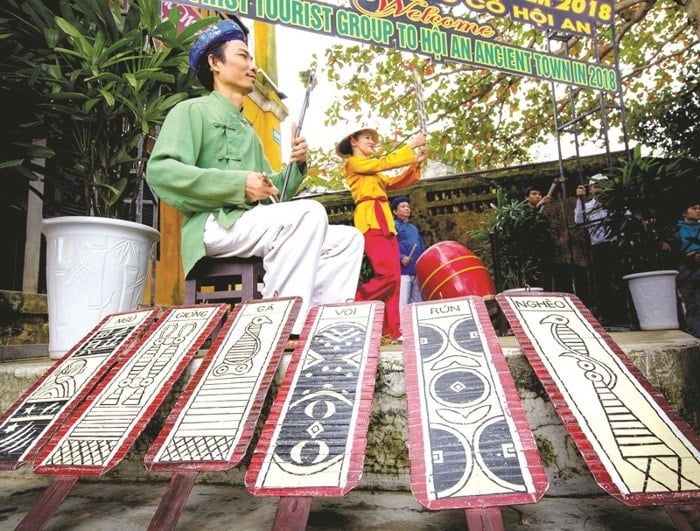
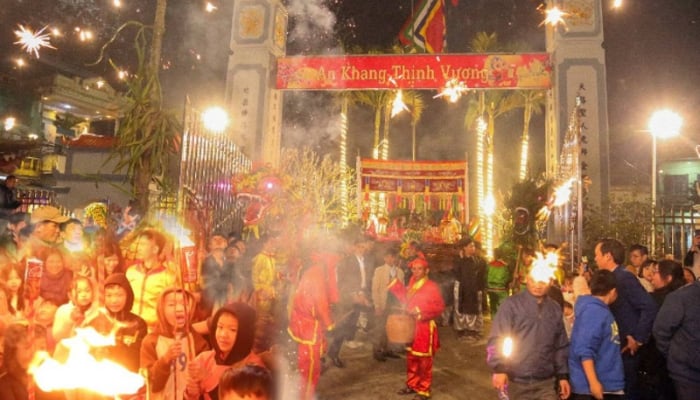
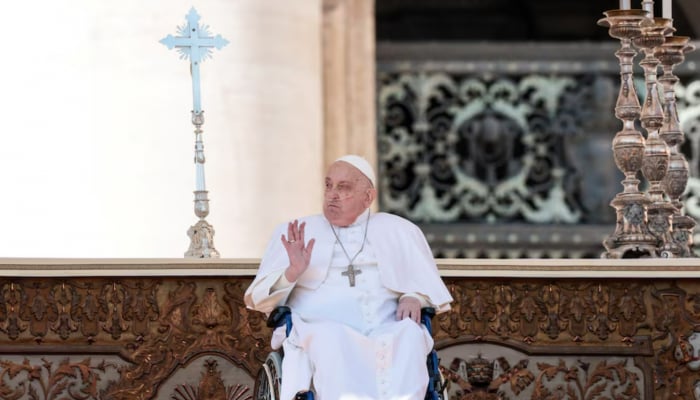
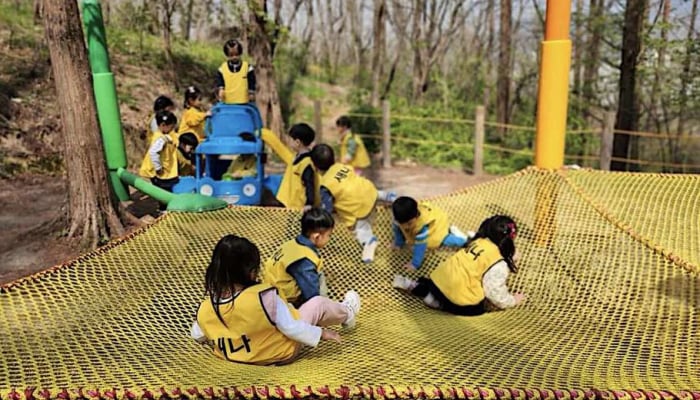

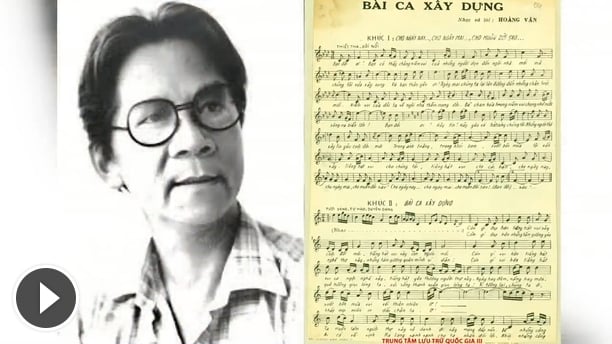

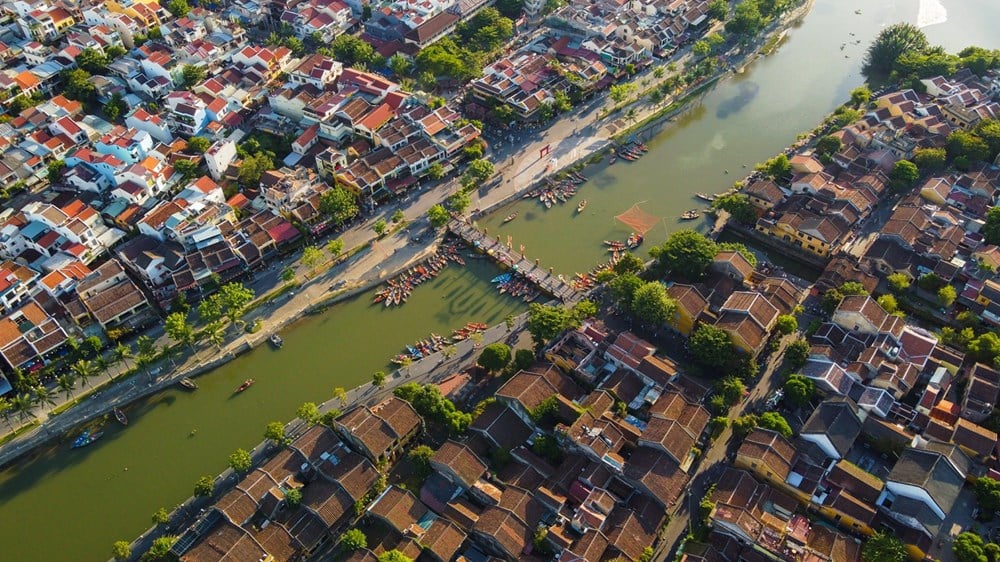

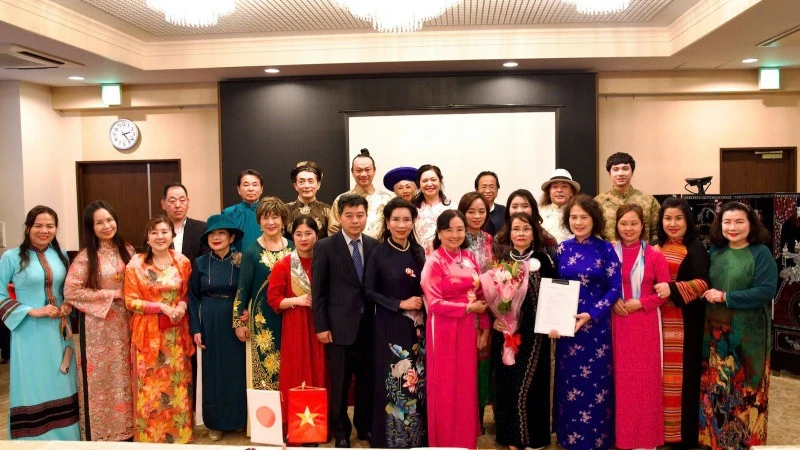

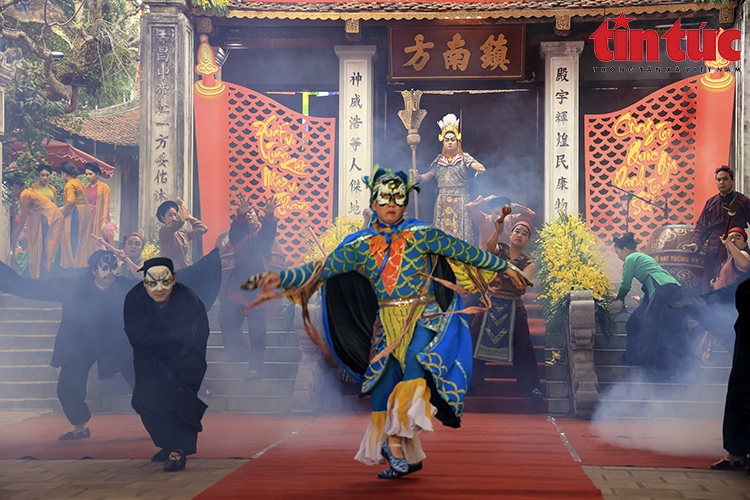
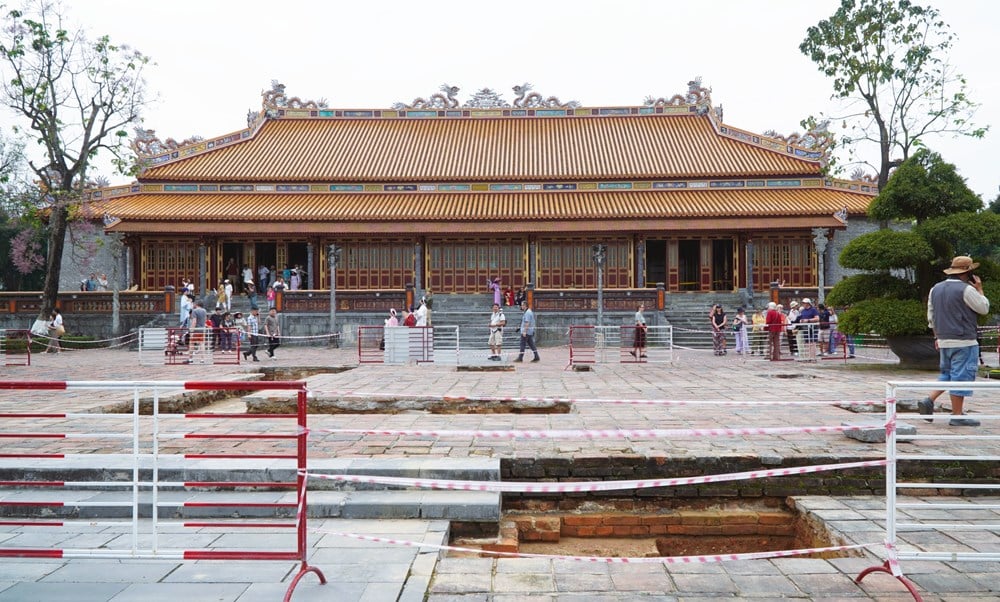
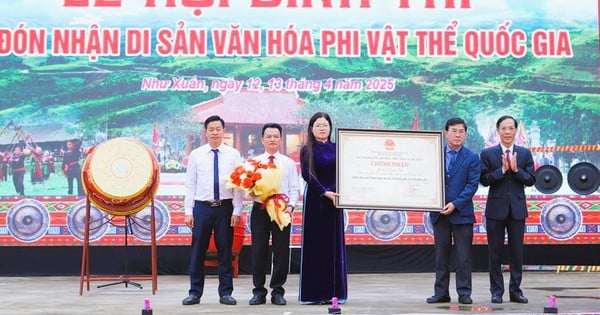

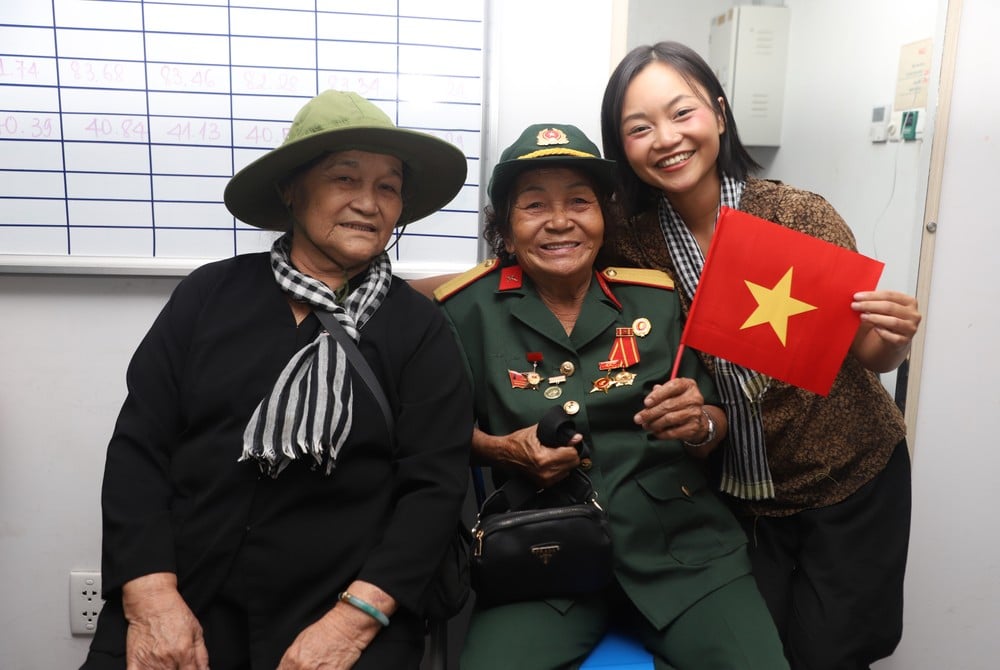





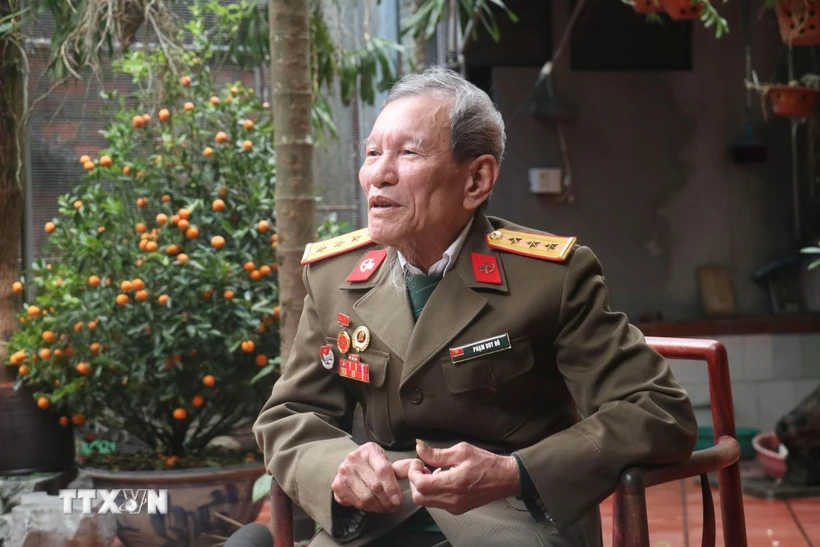


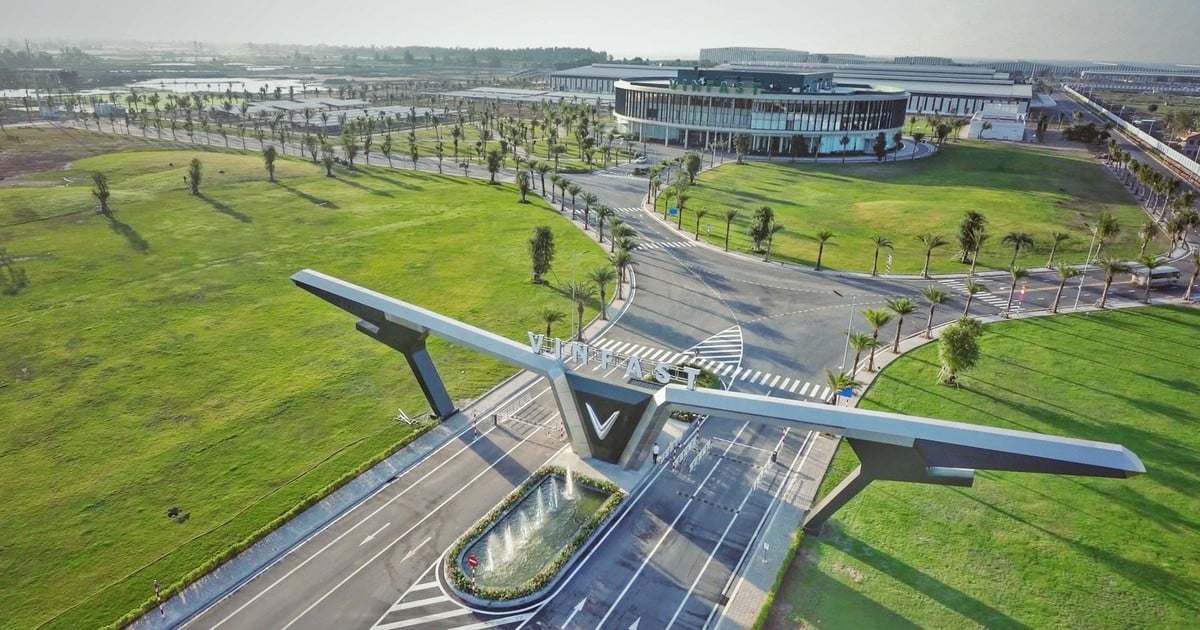

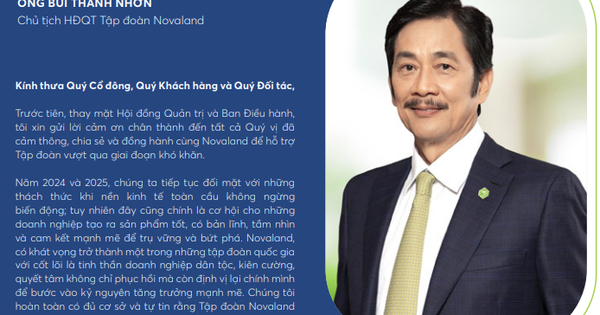
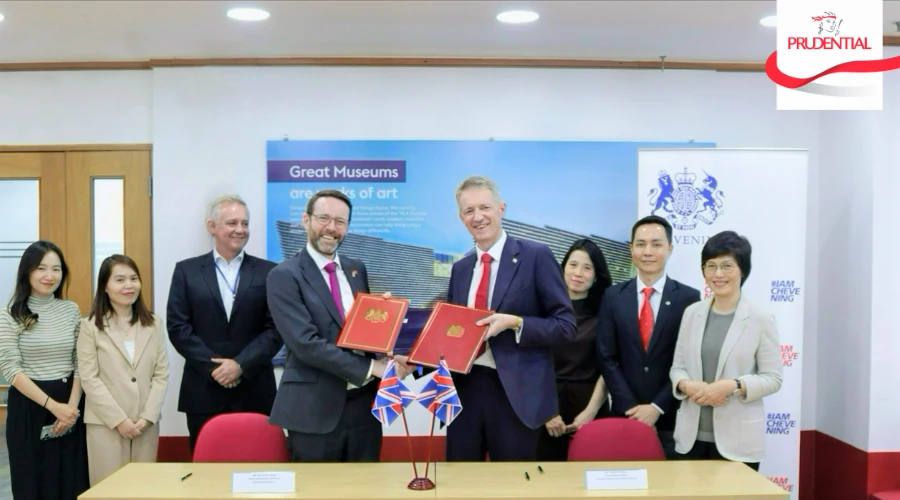

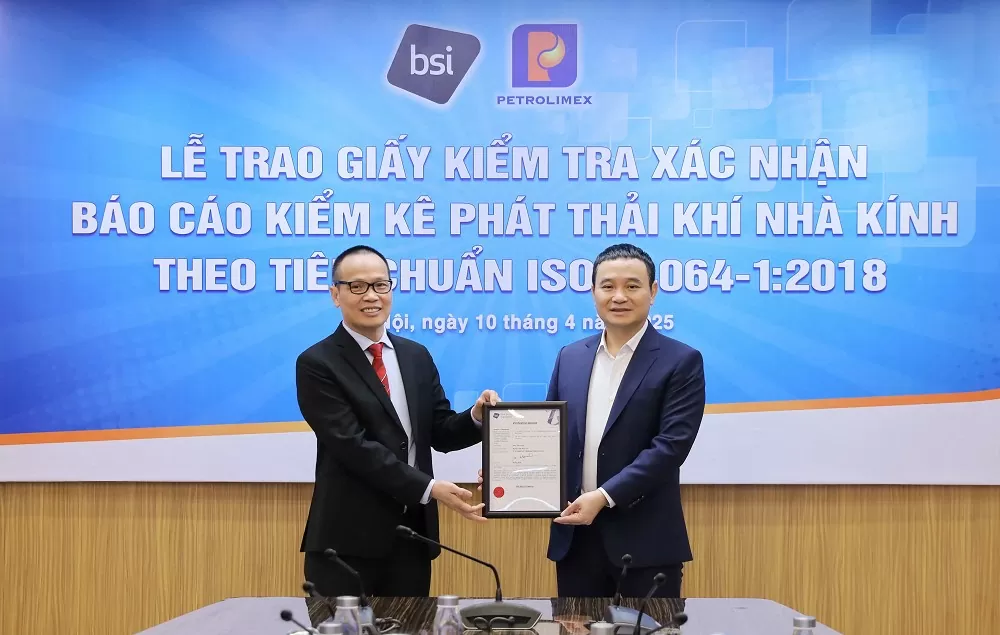






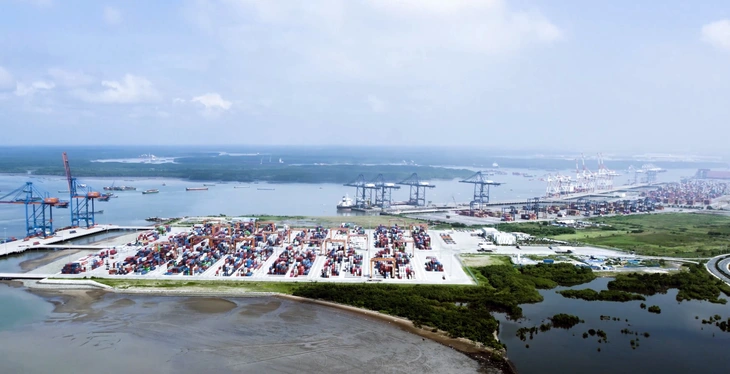

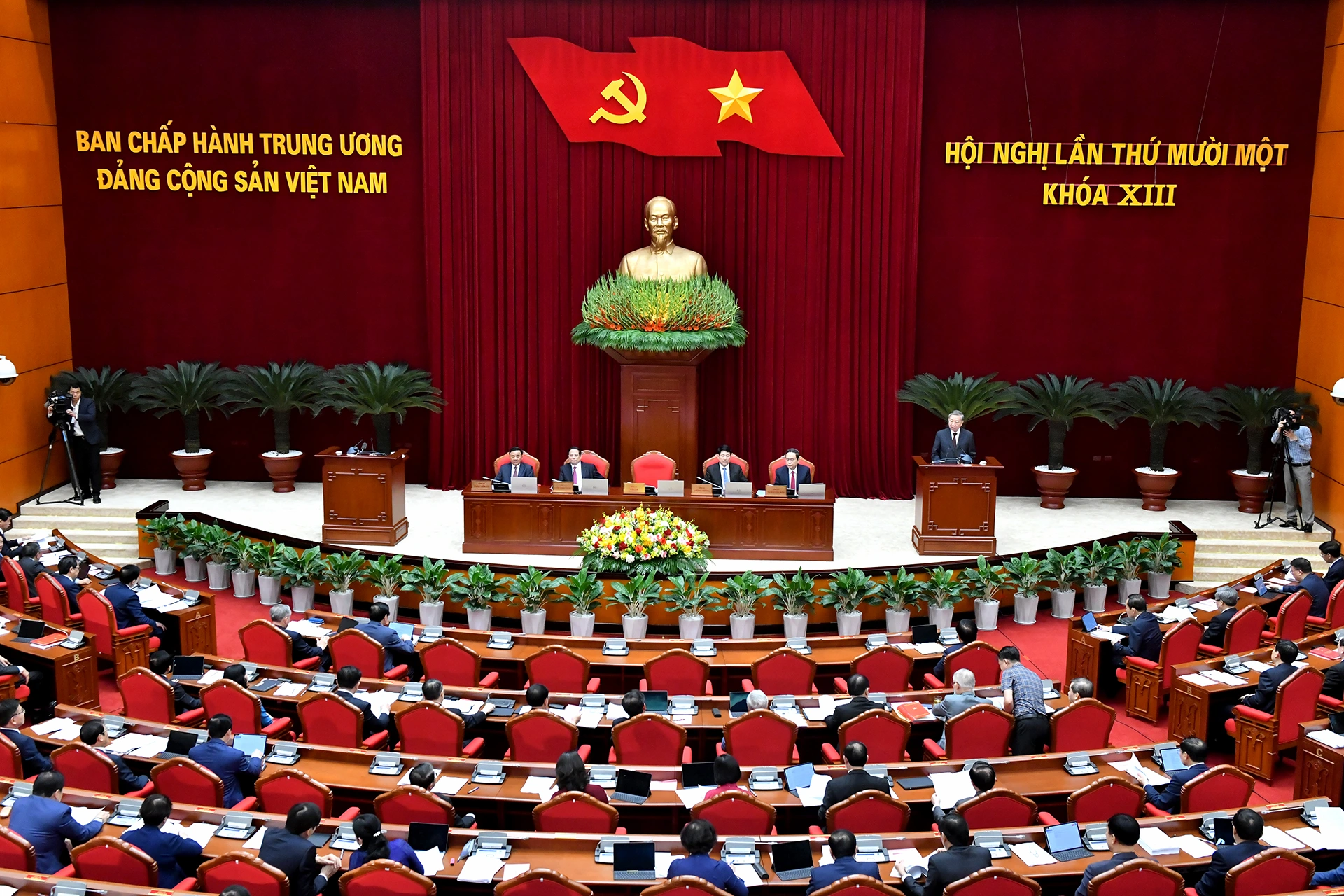
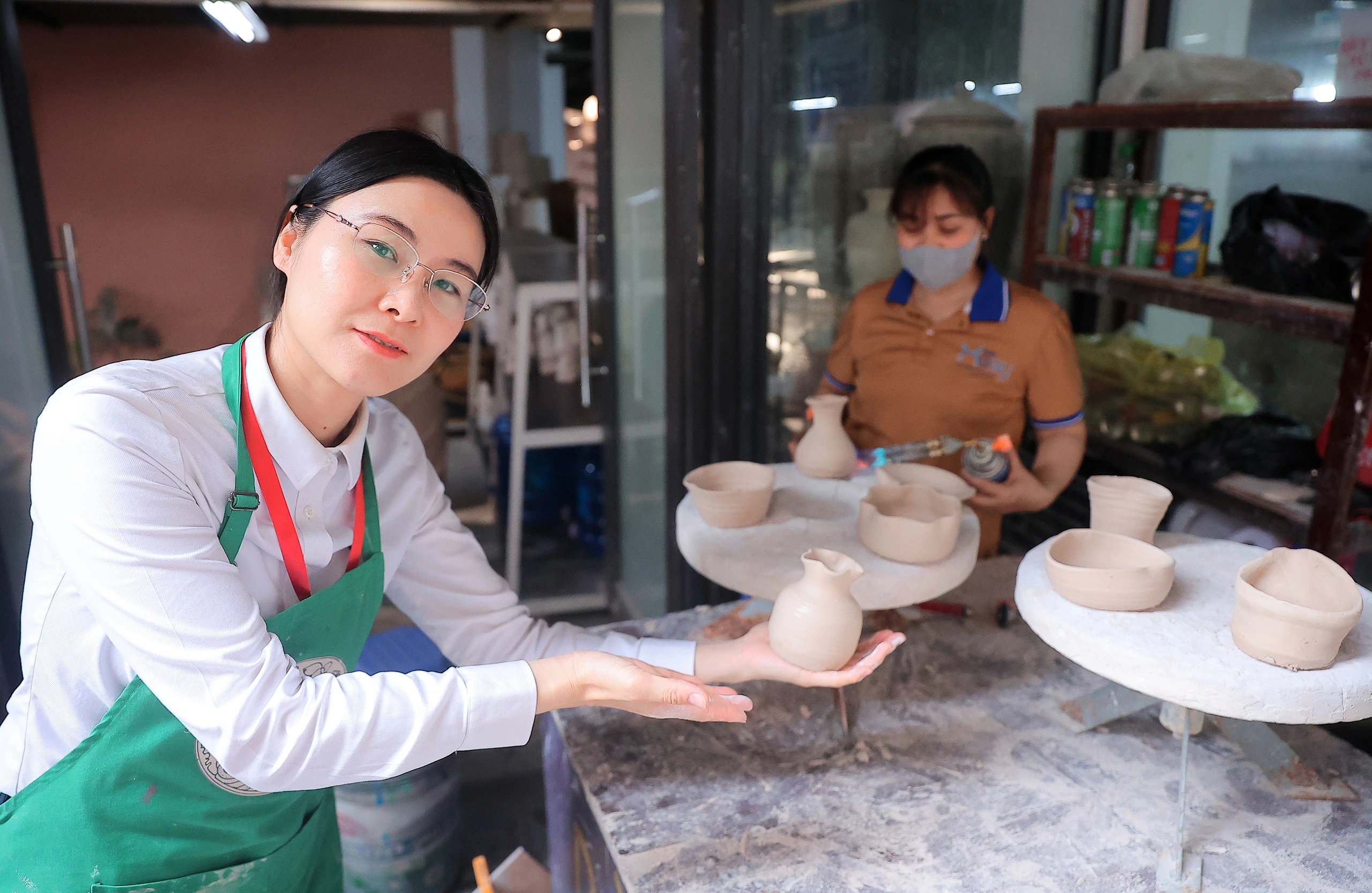
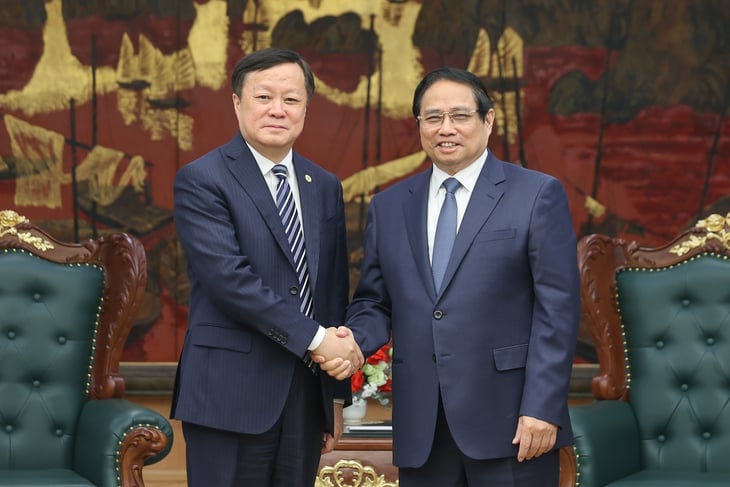
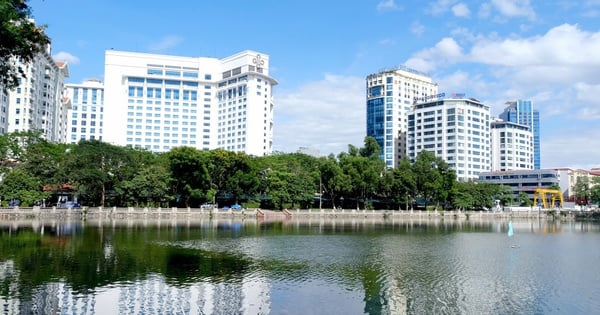

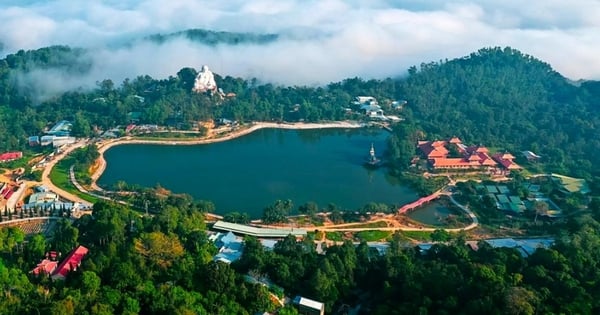

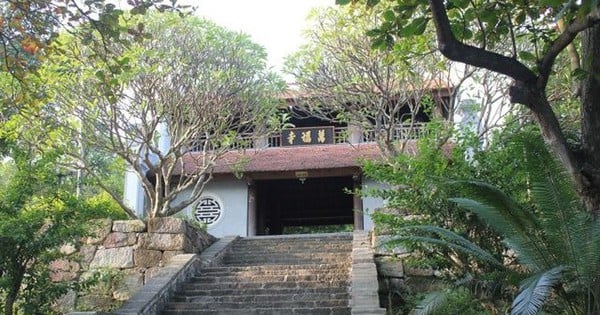

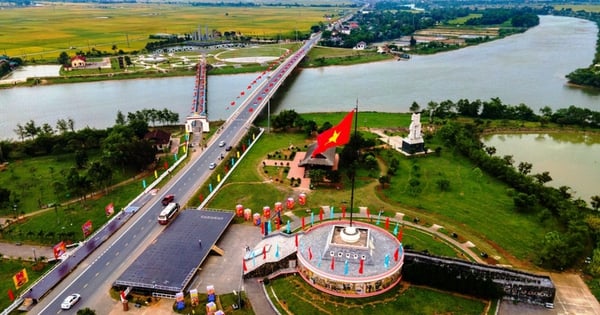
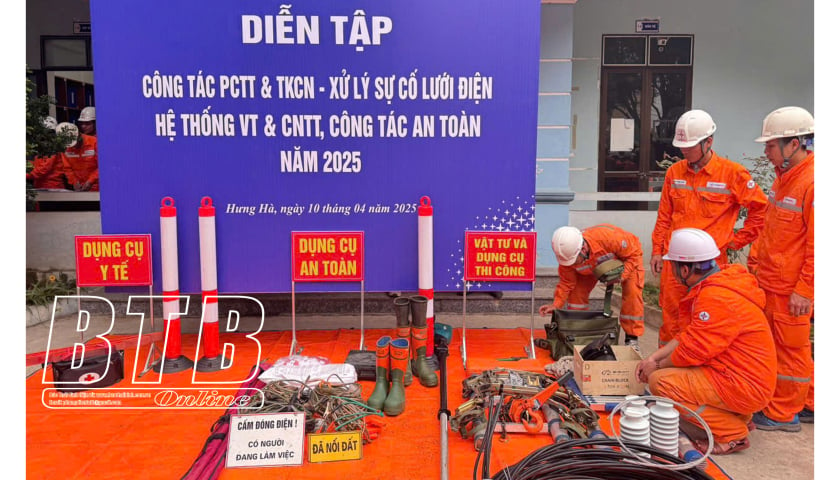

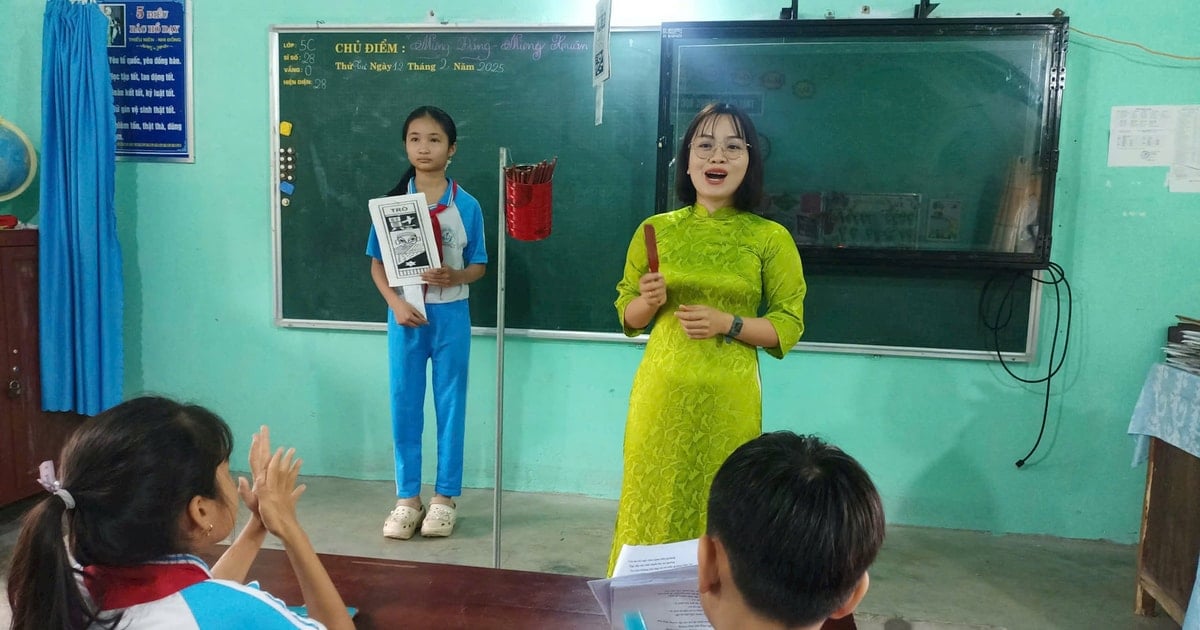




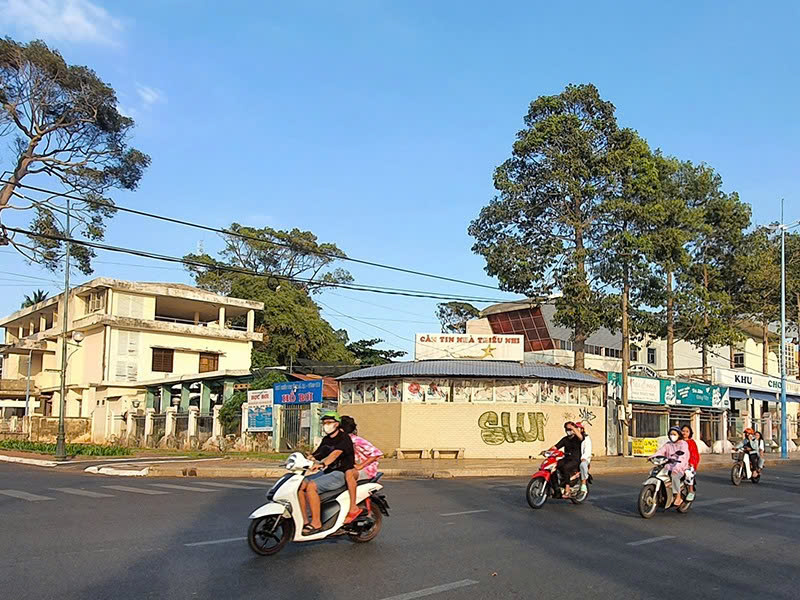




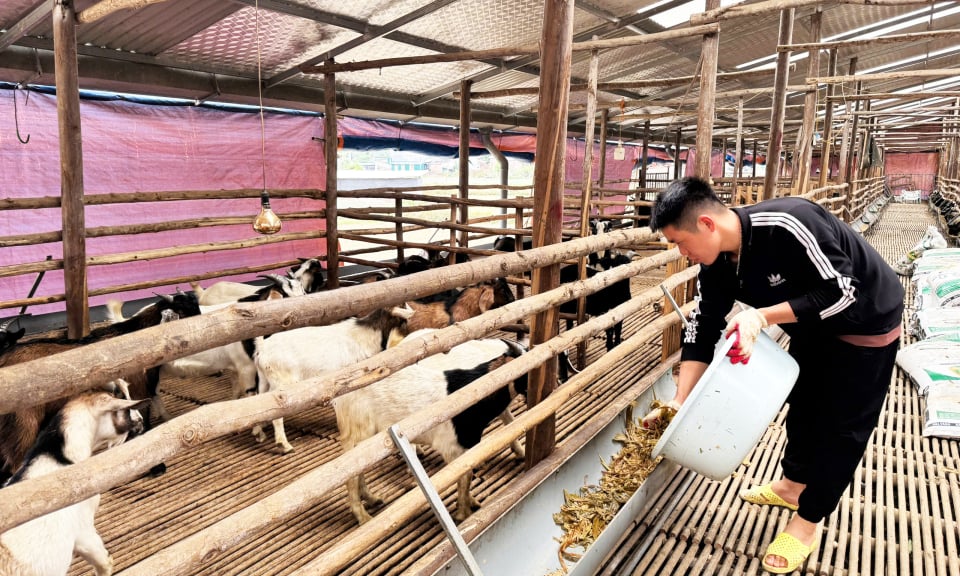







Comment (0)